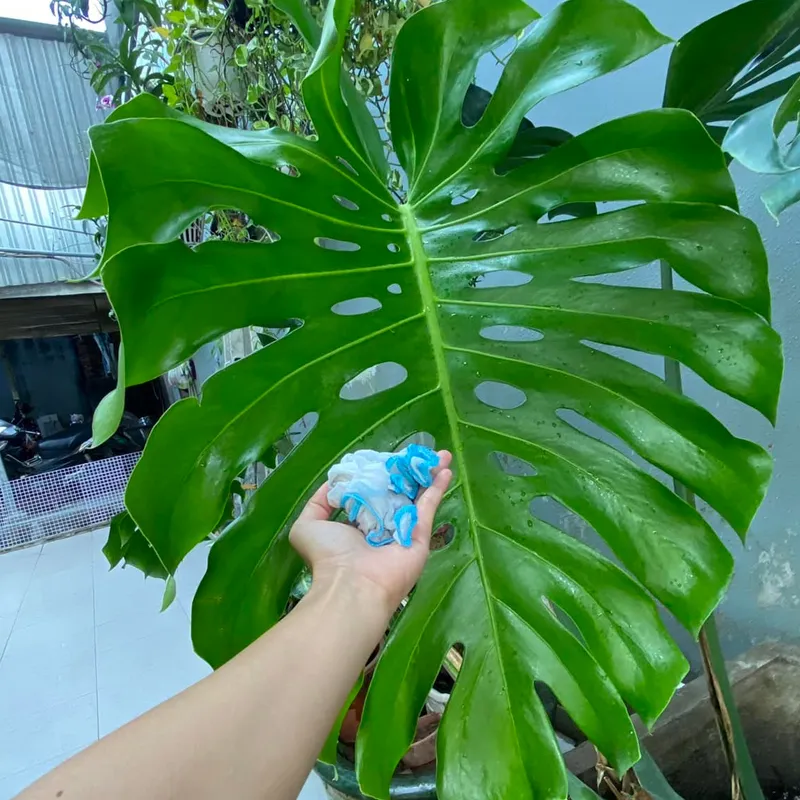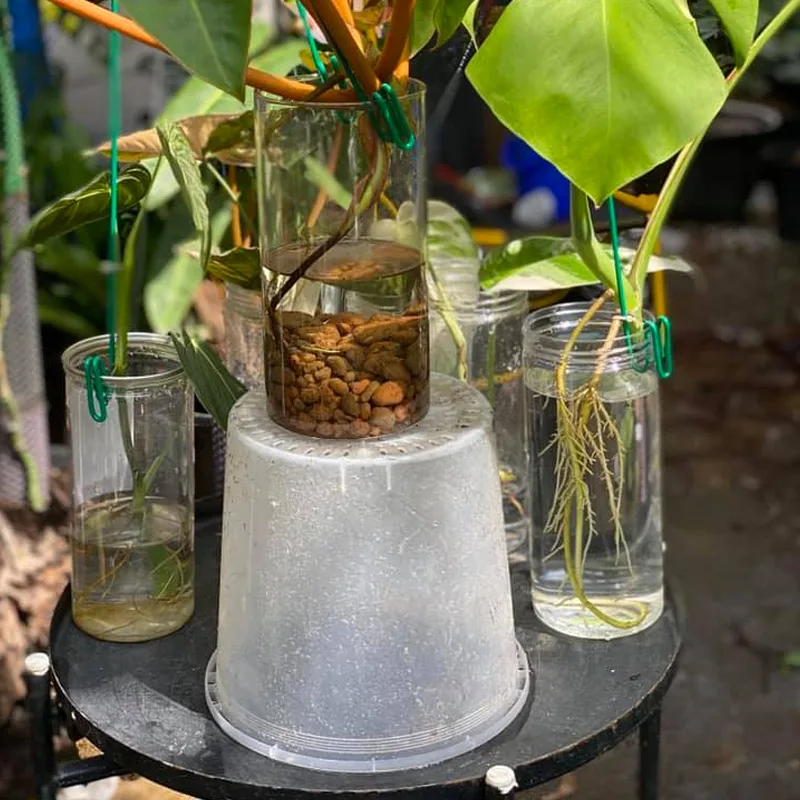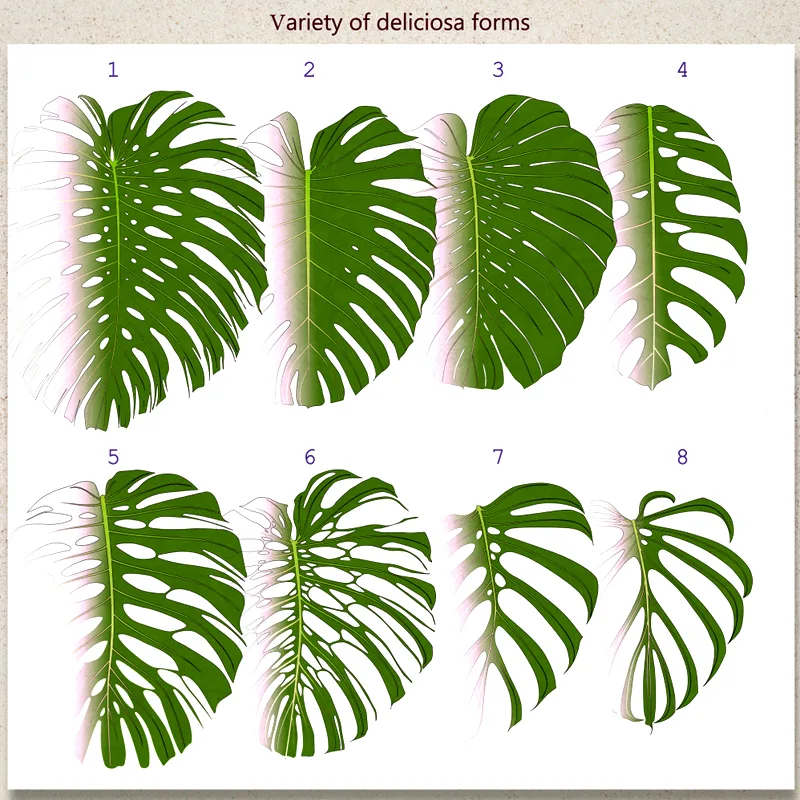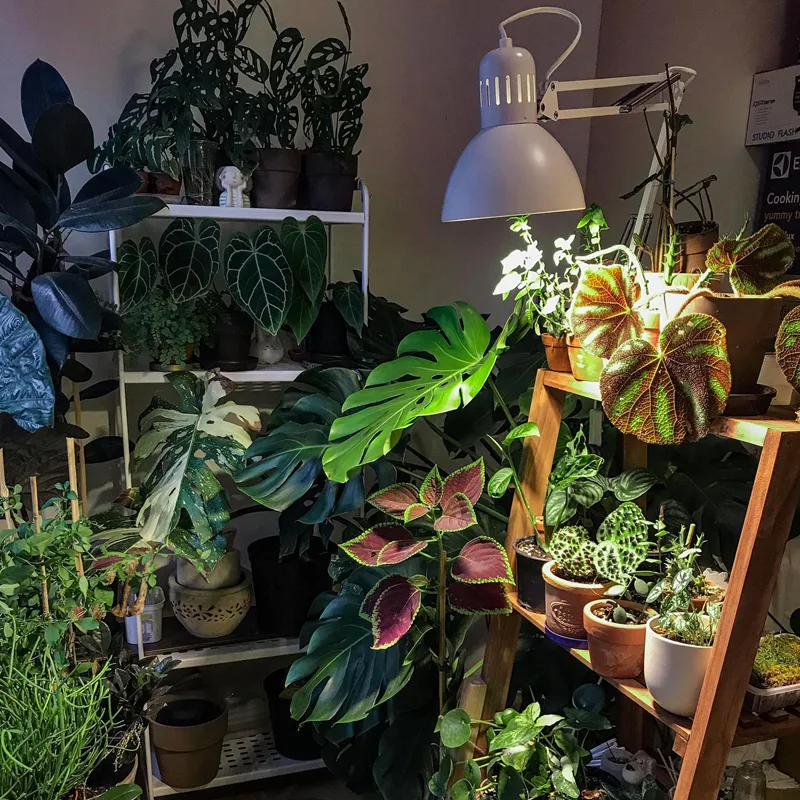Frequently Asked Questions About Monstera Leaves with Holes
Hi everyone, Ferb Vu here! Monsteras, also known as Swiss cheese plants, are popular houseplants beloved for their lush foliage and, of course, those characteristic holes. But what if your Monstera doesn’t have any holes? Fear not, plant parent! Here, I’ll answer some common questions about Monstera fenestrations (the fancy term for those holes) and why your plant might not have them yet.
67 Species in Genus Monstera
Why Does My Monstera Have Holes, But My Friend’s Doesn’t?
It’s all about maturity. Unlike some plants that unfurl with their full glory from the start, Monstera leaves develop holes as they age. Younger Monsteras typically have solid, heart-shaped leaves. The holes, or splits, start appearing as the plant matures, usually when it reaches a height of around three feet.
So, My Monstera Isn’t Broken?
Absolutely not! The lack of holes in a young Monstera is a sign of a healthy plant. It’s simply following its natural growth pattern.
How Can I Encourage My Monstera to Develop Holes?
While you can’t force fenestrations, there are ways to create an environment that encourages your Monstera to develop them as it grows:
- Light: Monsteras are natural climbers, thriving in dappled sunlight in their native rainforests. Mimic this by providing your Monstera with bright, indirect light. Avoid harsh, direct sunlight, which can scorch the leaves.
- Maturity: Patience is key! As mentioned earlier, holes typically appear on mature Monsteras. The older your plant gets, the more likely it is to develop those coveted splits.
- Pruning: Regularly pruning your Monstera can encourage it to put its energy into growing larger, more mature leaves, which are more likely to have holes. You can remove older, smaller leaves at the base of the plant.
Is My Monstera Missing Holes Because of Pests or Disease?
It’s unlikely. While Monsteras can be susceptible to pests and diseases, these issues typically manifest in ways that differ from the absence of holes. Look for signs of infestation like sap, webbing, or unusual discoloration on the leaves. If you suspect pests, isolate your plant and treat it appropriately. Fungal diseases might cause brown or yellow spots. Early detection and treatment are crucial.
Do Other Plants Have Holes in Their Leaves Like Monsteras?
Yes, a few other houseplant varieties have leaves with fenestrations or similar features. Here are a couple of examples:
- Split-Leaf Philodendron: This popular plant has deeply lobed leaves that can resemble a Monstera with large splits. However, Philodendron leaves tend to have fewer and more dramatic splits.
- Cheese Plant (Ceriman’s Monstera): This lesser-known relative of the Monstera also boasts split leaves, but with a more rounded, almost heart-shaped overall form compared to the Monstera’s elongated silhouette.
Should I Worry if My Monstera Never Gets Holes?
Not necessarily. Even a Monstera without holes can be a healthy, thriving plant. As long as your Monstera is putting out new growth and appears overall healthy, the absence of holes shouldn’t be a cause for concern. Enjoy your beautiful Monstera for what it is, holes or no holes!
Final Thoughts
Monstera fenestrations are a fascinating example of plant adaptation. While the exact reasons for these holes are still being debated, they likely play a role in light efficiency and wind resistance in the rainforest environment. But for us plant enthusiasts, they simply add to the unique charm of these beloved houseplants. So, be patient with your Monstera, provide it with the right care, and appreciate its beauty at every stage of growth, holes or not!
If i die, water my plants!



